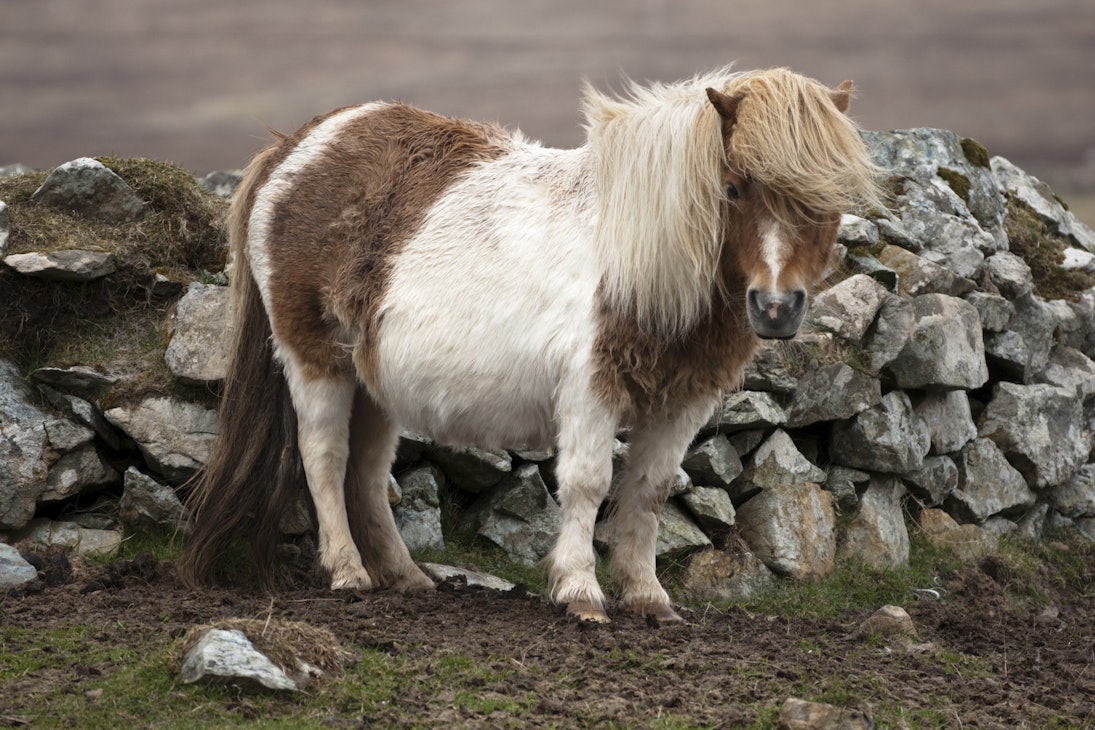
Overview
Close enough to Norway geographically and historically to make nationality an ambiguous concept, the Shetland Islands are Britain’s most northerly outpost. There’s a Scandinavian lilt to the local accent, and streets named King Haakon or St Olaf are reminders that Shetland was under Norse rule until 1469, when it was gifted to Scotland in lieu of the dowry of a Danish princess.
Leave the planning to a local expert
Experience the real Shetland. Let a local expert handle the planning for you.
Must-see attractions
Get a book. Get inspired. Get exploring.
in partnership with getyourguide
















